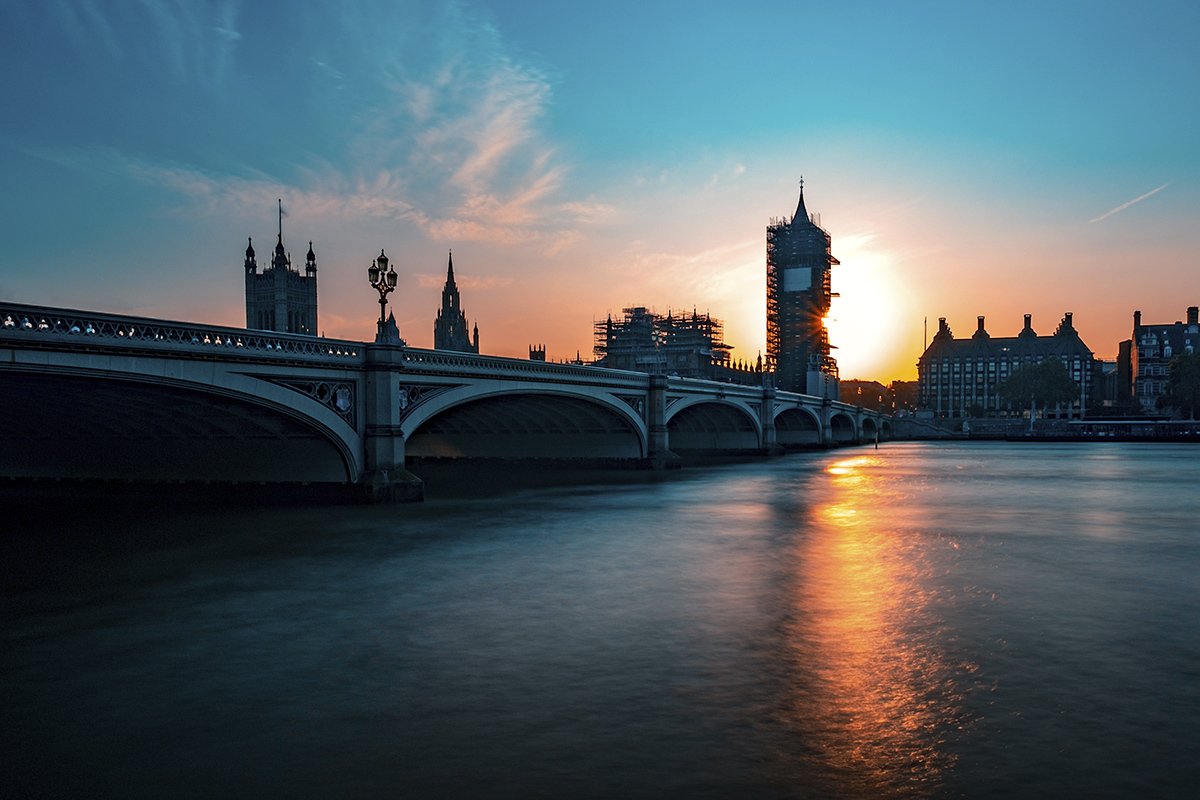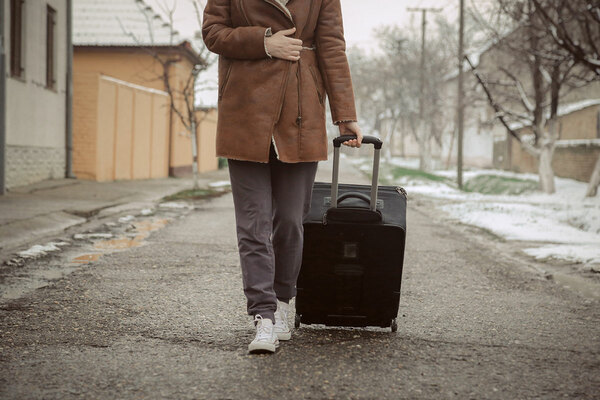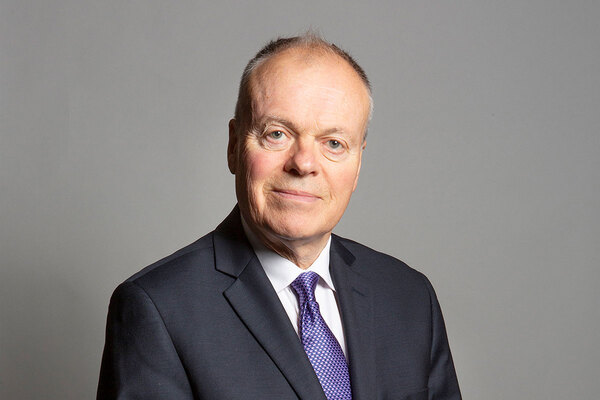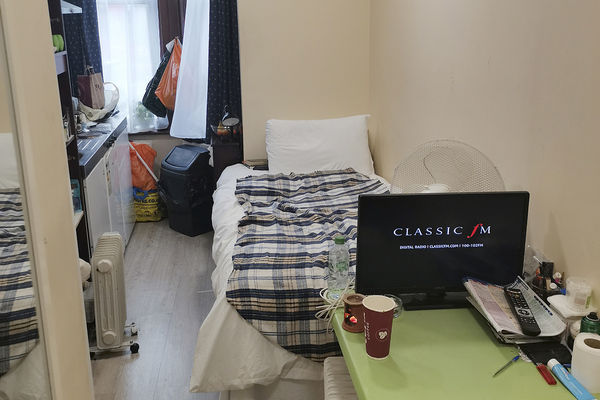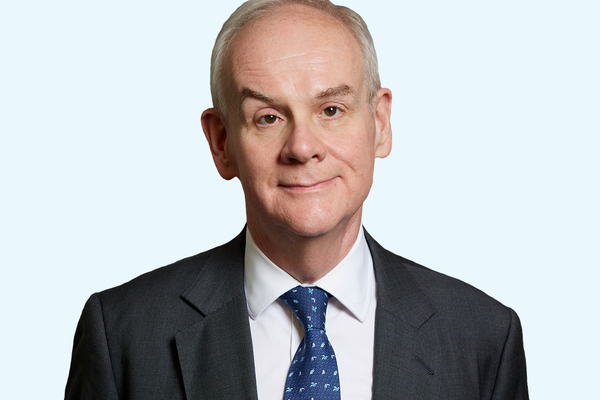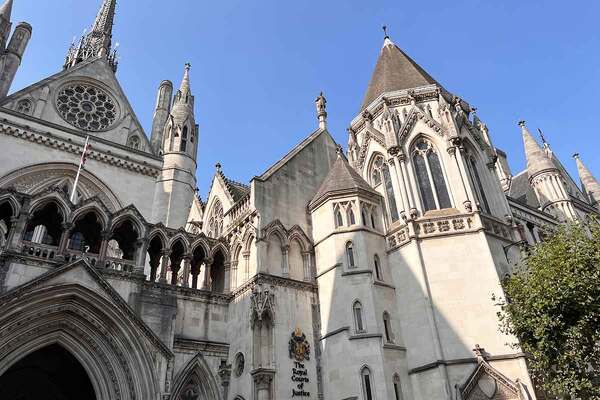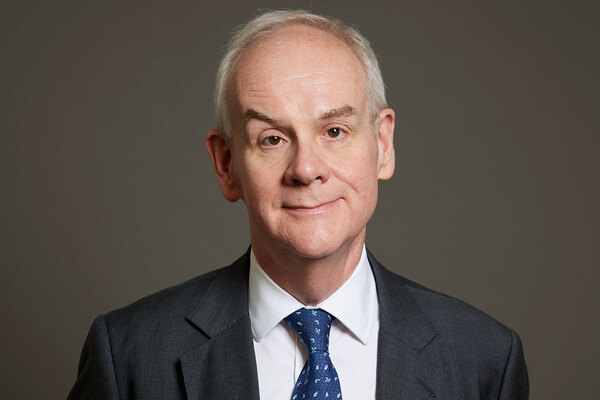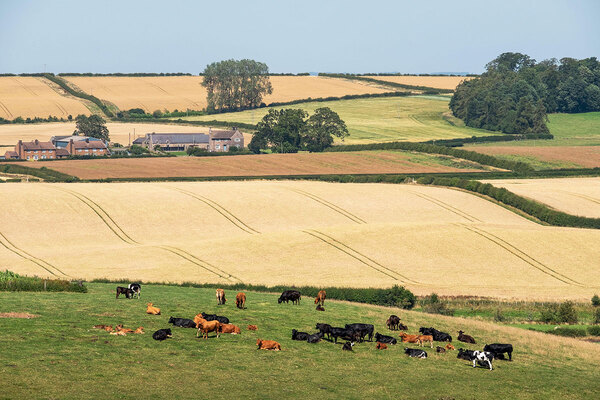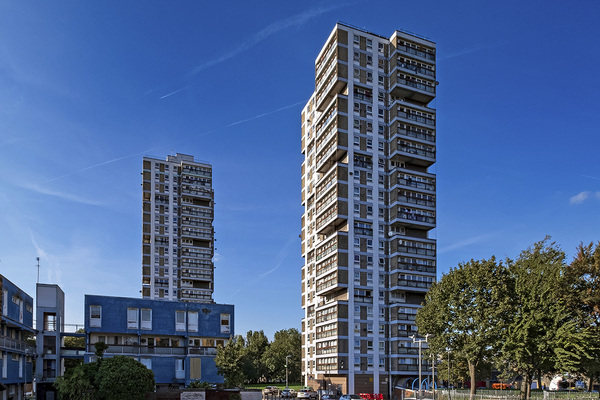You are viewing 1 of your 1 free articles
Shelter warns of ‘sharp rise’ in homelessness as 271,000 currently without a home
At least 271,000 people are recorded as homeless in England and the situation is set to get worse this year, according to Shelter.
The charity’s analysis of official homelessness figures and responses to a Freedom of Information request shows that an estimated 271,421 people in England – one in 208 of the population – are without a home.
Nearly half (45%) of the overall total are children, the figures show.
Among the total, 2,400 people are sleeping rough on any given night, 15,000 people are in hostels or supported accommodation and nearly 250,000 are in temporary accommodation, according to Shelter.
The number of people living in temporary accommodation has jumped by 74% in the past 10 years, according to the charity, which it attributes to a shortage of social homes and a costly, unstable private rented sector.
The government has long promised to end homelessness. In 2018, then-prime minister Theresa May vowed to end rough sleeping within a decade following the launch of the Homelessness Reduction Act.
It was followed last year by a wide-ranging new government strategy. According to the document, rough sleeping is at an eight-year low and had decreased in every region of England between 2020 and autumn 2021.
At the time, prime minister Rishi Sunak said that the government planned to spend £2bn over the next three years on giving “some of the most vulnerable people a roof over their heads”.
However Polly Neate, chief executive of Shelter, said that the charity is “bracing itself for a sharp rise in homelessness in 2023”.
She added: “With private rents and living costs continuing to soar, thousands of people are not just facing a winter of worry, they are at risk of losing the roof over their head.”
Shelter said the real figure for homelessness is also likely to be higher as some types of homelessness, such as sofa-surfing, go undocumented.
Regionally, the charity’s analysis showed that London remains a hotspot. In the capital an estimated 148,870 people are homeless, which equates to one in 58 of the population. Newham is the worst affected borough, with an estimated 16,568 people – or one in 21 – without a permanent home.
Outside the South East, the West Midlands has the highest incidence of homelessness, with an estimated 18,890 people either homeless or living in temporary accommodation.
The problem remains significant in Manchester, where an estimated 7,407 people are homeless, which is one in 74 of the population. Greater Manchester mayor Andy Burnham has been leading efforts to tackle the issue, including the launch of the A Bed Every Night initiative in 2018.
A government spokesperson said: “Councils have a duty to ensure no family is left without a roof over their heads. That is why we’ve given them £366m this year to help prevent evictions, support to pay deposits and provide temporary housing.
“Temporary accommodation is always a last resort. Over half a million households have been prevented from becoming homeless since 2018 through the Homelessness Reduction Act.
“We are also providing significant support to help people through these tough times by holding down energy bills and delivering up to £1,350 in direct cash payments to millions of vulnerable households.”
Sign up for our homelessness bulletin
Already have an account? Click here to manage your newsletters

